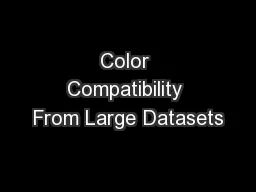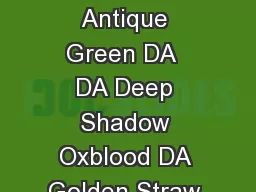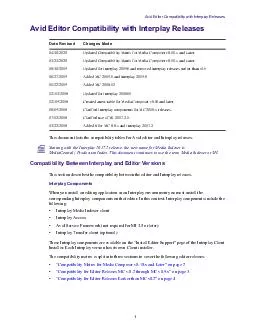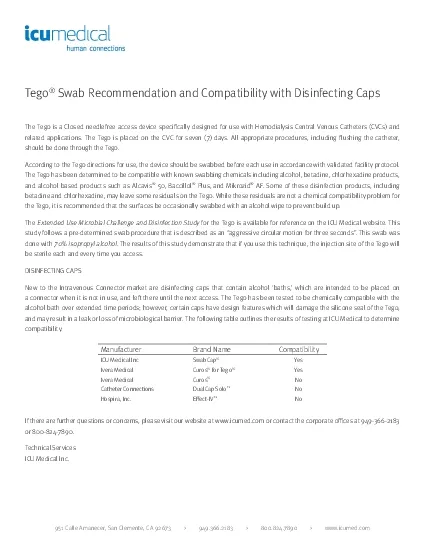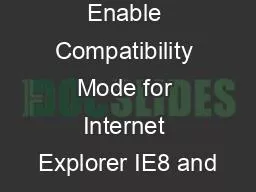PPT-Color Compatibility From Large Datasets
Author : karlyn-bohler | Published Date : 2016-05-07
Peter ODonovan University of Toronto Aseem Agarwala Adobe Systems Inc Aaron Hertzmann University of Toronto Choosing colors is hard for many people Choosing colors
Presentation Embed Code
Download Presentation
Download Presentation The PPT/PDF document "Color Compatibility From Large Datasets" is the property of its rightful owner. Permission is granted to download and print the materials on this website for personal, non-commercial use only, and to display it on your personal computer provided you do not modify the materials and that you retain all copyright notices contained in the materials. By downloading content from our website, you accept the terms of this agreement.
Color Compatibility From Large Datasets: Transcript
Download Rules Of Document
"Color Compatibility From Large Datasets"The content belongs to its owner. You may download and print it for personal use, without modification, and keep all copyright notices. By downloading, you agree to these terms.
Related Documents

